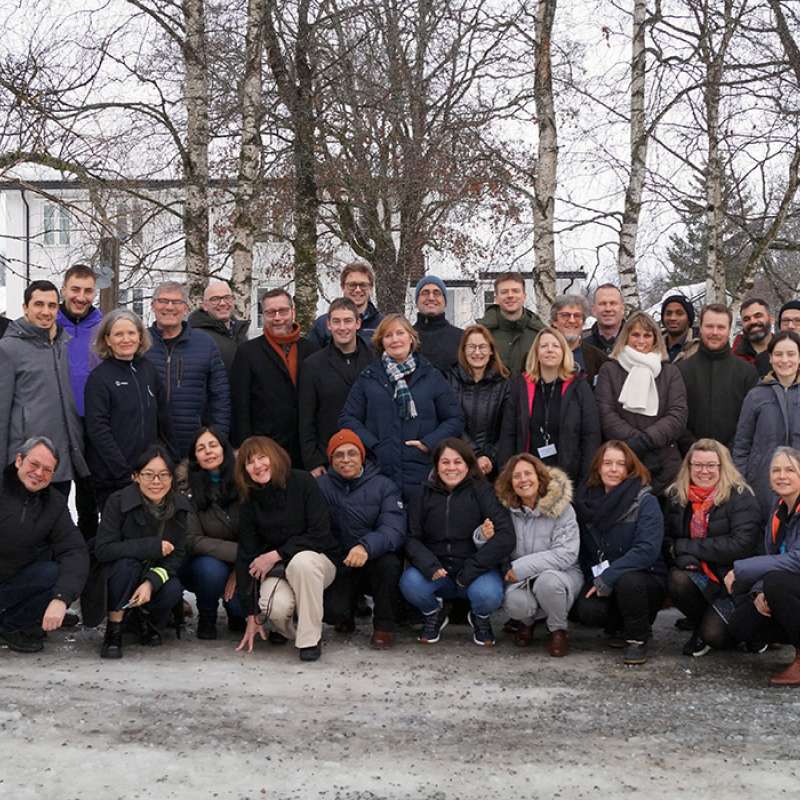Gunda Thöming
Forsker
Forfattere
Olle Anderbrant Hanh Huynh Ann-Kristin Isaksson Line Beate Lersveen Myhre Christer Löfstedt Sigrid Mogan Elisabeth Öberg Marja Rantanen Gunda Thöming Glenn P. SvenssonSammendrag
Det er ikke registrert sammendrag
Forfattere
Gunda ThömingSammendrag
Det er ikke registrert sammendrag
Forfattere
Gunda ThömingSammendrag
Conservation biological control (CBC) is a sustainable measure for ecological intensification in agriculture to establish and maintain robust natural enemy populations. CBC is contributing to integrated pest management with reduced use of pesticides and support of native biodiversity in agroecosystems. Despite rapidly expanding research on CBC during the last decades, its application in pest management at the farm level is very limited. Here, we tested a CBC strategy in a 5-year on-farm study at three locations in East Norway. This CBC strategy combined two tools to increase biological control of aphids in spring barley; 1-ATTRACT, the application of a volatile organic compound (VOC) attractant that increases lacewing egg laying, and 2-HABITAT, the maintenance of natural border vegetation. We found that the VOC attractants recruited natural enemies and guided them to the right place at the right time from the border vegetation into the cropping area to control the aphid population efficiently and reliably. The results also showed that the VOC attractants combined with periodical maintained natural border vegetation provided a higher lacewing activity and aphid suppression than with annual sown floral buffer strips. We found that maintained natural border vegetation supported by VOC attractants provided lacewing populations that controlled aphids up to 100 m into the cropping area. Without VOC attractants we recorded lacewing activity up to 50 m from the border into the cropping area if natural border vegetation was available, and up to 25 m if no border vegetation existed. The overall results demonstrated the feasibility of this CBC approach under Norwegian farming conditions leading to the successful adoption of this CBC-strategy by the farming community.

Divisjon for bioteknologi og plantehelse
Plant Pest prevention through technology-guided monitoring and site-specific control
One of the ambitious goals of the Farm2Fork strategy is to reduce the use of pesticides in the EU by 50%. The expected increase in plant pests due to climate change, international trade and the intensification of food production systems offsets this target.

Divisjon for bioteknologi og plantehelse
Strategies and methods to manage major pests and diseases of onion (‘QualityOnion’)
Onion fly and Fusarium basal rot represent major threats for sustainable Norwegian onion production. There are substantial gaps in our knowledge regarding these pests such as which Fusarium species infect onions in Norway, what are the main sources of Fusarium inoculum, and how onion fly prevalence is changing through the growing season.

Divisjon for bioteknologi og plantehelse
Plant Pest Prevention through technology-guided monitoring and site-specific control (PurPest)
The main objective of PurPest is to control serious plant pests during import and to manage them in the field by developing a unique concept enabling pest detection in a timely and non-invasive manner.
